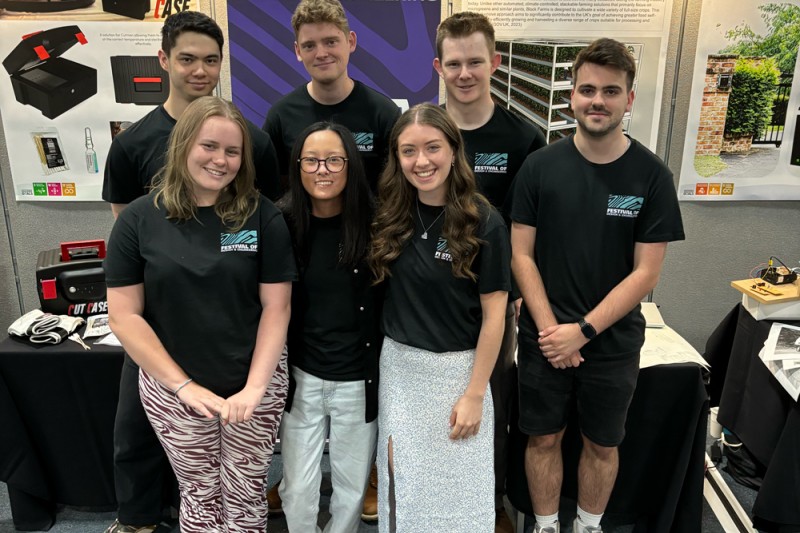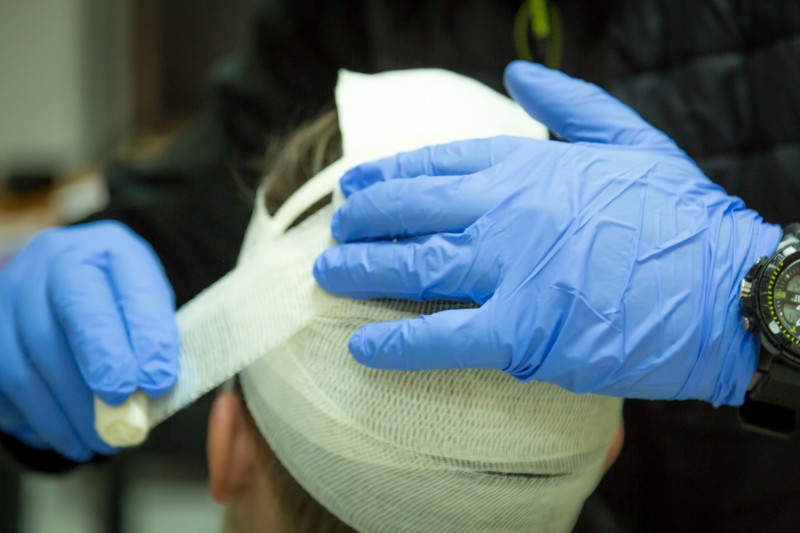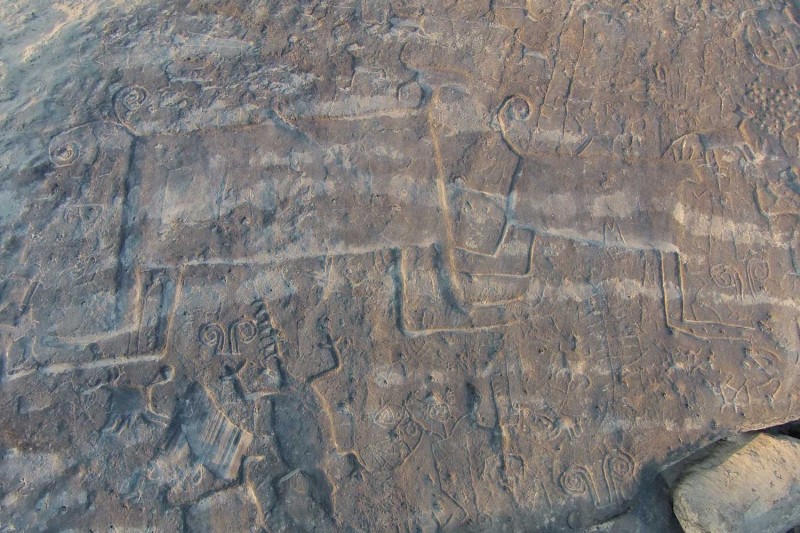This BU research, aimed at helping to understand and improve tank conservation techniques and strategies within the museum environment, has had an impact in a variety of contexts. Not only have techniques been developed to ensure that the unique vehicles can be sustainably conserved for generations to come, but the technology can also be applied to other large engineering structures spanning different industry sectors, including high-value and heavy duty bridges.
The Tank Museum at Bovington is arguably host to one of the world’s largest collection of armoured vehicles, with over 300 military vehicles on exhibition from 26 countries. The exhibits include the world’s only operational Tiger tank and a number of others maintained in running order for public displays.
As with other museum artefacts, conservation is a key priority. Structural deterioration through corrosion, corrosion fatigue, stress corrosion cracking and mechanical failures all act as a threat to the vehicles in terms of their conservation. How to prevent or minimise deterioration and best maintain the historic vehicles has been the focus of research for BU academics.
Modelling technology
Professor Zulfiqar A Khan, Dr Adil Saeed and Professor Mark Hadfield from BU’s NanoCorr, Energy & Modelling (NCEM) Research Group within the Design & Engineering Department have been investigating the causes of structural deterioration within large vehicles in the museum environment since 2009. Through this in-depth work, Professor Khan and his team have developed a suite of numerical models that allow them to remotely monitor, predict and prognose the structural failures and maintenance of the vehicles and other large, complex engineering structures. The modelling technology allows for faster and more reliable structural analysis than has previously been possible. This greater speed and accuracy in predicting structural failures, and the consequent ability to mitigate problems have brought about savings in terms of costs, time and labour for the Tank Museum.
The first stage of the research was to analyse corrosion and wear failures of military tanks. Based on that data, numerical models were developed for simulating the corrosion and wear failures. These predictive models were combined with a maintenance scheduling model, and then integrated with corrosion, strain, temperature and humidity micro sensors along with remote sensing methods. This resulted in the CMAP (an enterprise software brand) version 1.1 technology – a holistic condition-monitoring and maintenance-scheduling unit with a range of applications from heritage to defence, naval, automotive and aerospace.
Attention to detail
Much of the success of the team’s modelling technique lies in its accuracy.
“Modelling is usually theoretical and doesn’t completely fit on actual operational conditions,” says Professor Khan. “We assume certain properties, but in reality it might not be the case. In order to model atmospheric content – atmospheric quality is very important in terms of structural integrity failure – we monitored actual data in the Bovington area for three and a half years. We took day-by-day, hour-by-hour data, resulting in more than 153,000 data points,” he explains.
The benefits of the BU work for the Tank Museum have been striking. In addition to increasing the lifetime of historically important battle tanks up to five-fold, and avoiding costly maintenance interventions, the research also underpinned the successful bid for £2.5m Heritage Lottery funding for the construction of a new Vehicle Conservation Centre with controlled environmental conditions.
Hollywood intervention helped generate significant public interest in the project. The research was applied to reduce structural failure problems in the Tiger 1 tank engine. On the back of its improved performance, Tiger 1 was subsequently featured in Brad Pitt’s movie ‘Fury’.
This documentary, released by the Tank Museum and presented by BU Chancellor and former BBC Chief News Correspondent Kate Adie, details how astonishing evidence came to light and changed the long-accepted story of the world’s most famous tank, the Tiger 131.
The BU and Tank Museum collaboration is looking to be extended to the Ashchurch vehicle depot in Gloucestershire where it could be used on a fleet of 150 operational military vehicles. It has also led to a significant EU Museums conference being held at BU.
Beyond Bovington
The CMAP modelling technology has been expanded by the team and has wider application, ranging from heritage to defence, naval and automotive sectors. It could assist with monitoring of large structures including bridges and aircraft, precision machines and petrochemical processes. The benefits could be felt keenly in the maintenance of aircraft. According to US Airforce, currently 27 per cent of an average aircraft’s life cycle cost, both for commercial and military vehicles, is spent on inspection and repair.
“We have added other layers onto the technology from the museum. It is flexible enough to incorporate any aspects, from land to marine applications,” says Professor Khan.
One example is its use by US engineering firm Analatom, which has reported enhanced business and commercial benefits as a result. The firm uses the same concepts for sensors-based prediction modelling and uses some of the latest CMAP algorithms, particularly in monitoring the main cables of suspension bridges and natural gas pipelines.
The modelling technology is generating a lot of interest from industry, and Professor Khan has applied for a patent that is currently subject to review. He is continuing to work on the technology, with further developments and collaborations – both commercial and military – in the pipeline.


